Top 10 Interesting Facts About Oscar Wilde
One of the earliest contemporary celebrities was Oscar Wilde. And when it comes to celebrities, controversy is a given. In addition to being a writer, ... read more...dramatist, and fashionista, he was also smart and pretentious. Although Oscar Wilde took care to cultivate his public character, his brilliance was still evident even after his incarceration and exile. This article will mention some interesting facts about Oscar Wilde.
-
Jane Wilde was a well-known Irish poet and patriot. She wed Sir William Wilde, an eye and ear surgeon who was also interested in folklore, on November 12, 1851, at Dublin's St. Peter's Church. The couple had three children together. Her daughter Isola Wilde passed away as a youngster from a fever, and her two sons, Oscar Wilde and William Wilde, both became prolific and well-known writers. In an effort to promote the Irish revolt of 1848, she wrote under the pen name "Speranza." She was well known for supporting women's education and working for women's suffrage. She picked the name because she thought she was a descendant of the Italian author Dante, and it signifies "hope" in English. Elgee allegedly utilized a pen name to protect her family from embarrassment by not using her true name when she published her work.
Speranza became well-known in Ireland thanks to her work, which tackled contentious topics like the pain experienced during the Irish Famine. She also molded her son's personality. The Irish Times claims that afterwards, Speranza's tremendous power was used to make sure that Oscar would not back down from the controversial trial that focused on his homosexuality.
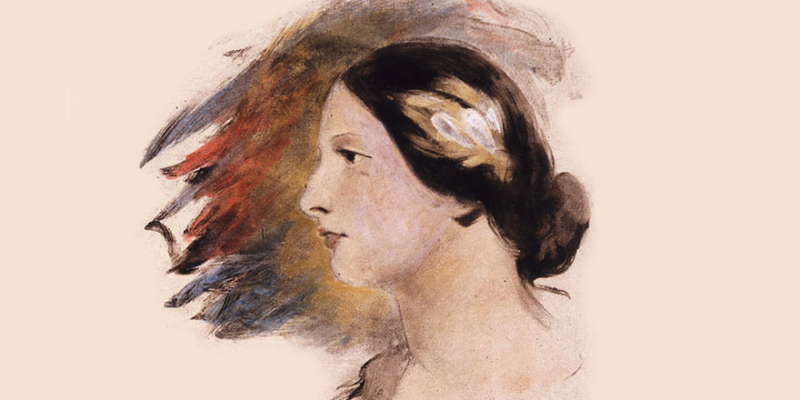
Source: Royal Irish Academy 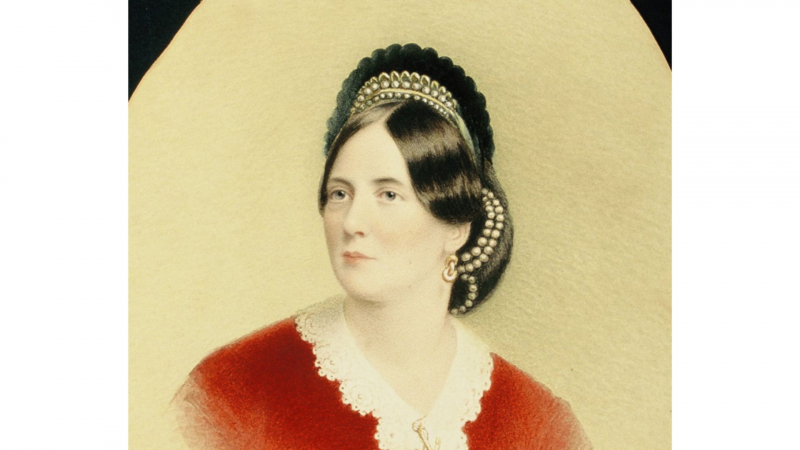
Source: Jane Wilde -
One of the interesting facts about Oscar Wilde is that one of his plays was banned by Lord Chamberlain. Between 1879 and 1894, Wilde created nine plays, four of which—Lady Windermere's Fan, A Woman of No Importance, The Importance of Being Earnest, and An Ideal Husband—solidified his reputation as a humorous observer of Victorian mores. But Salomé, another play, had a darker undertone as it told the story of a lusty lady who performs the dance of the seven veils on her stepfather, King Herod, and demands the head of John the Baptist.
Although Salomé is sometimes cited as Wilde's most decadent work, it took some time before English audiences could take in the performance in its entirety. Lord Chamberlain, the most senior member of the British Royal Household, was in charge of issuing permits for theatrical productions in Victorian-era Britain. Because the portrayal of biblical characters had been outlawed since the Protestant Reformation, he outlawed Salomé for that reason. Salomé was thus not performed in England until the first decade of the 20th century.
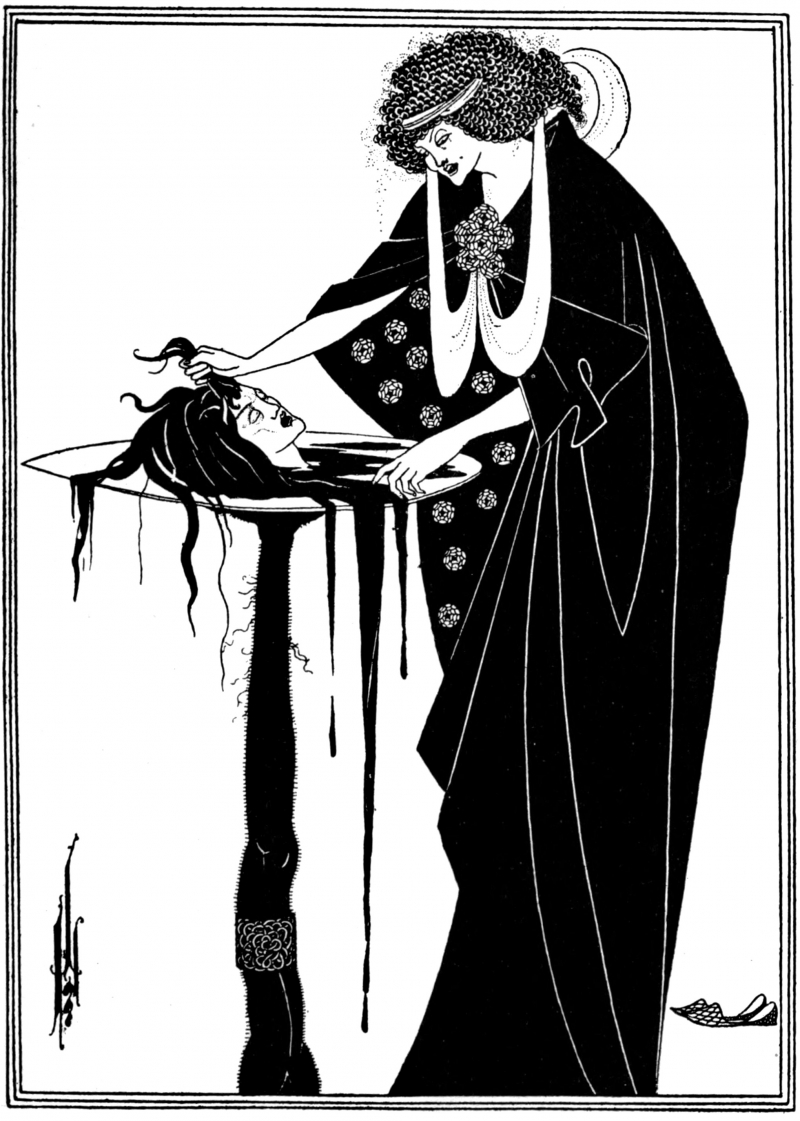
Source: Salome 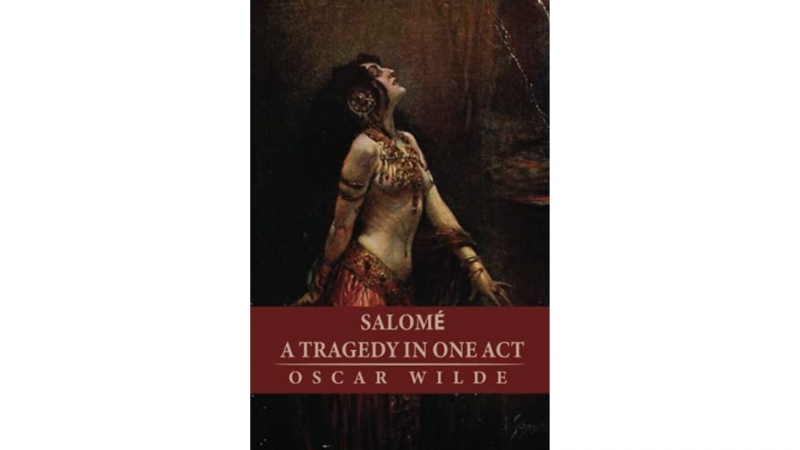
Source: Amazon -
Beginning in 1891, Wilde had a close relationship with Lord Alfred Douglas (often known as Bosie), a young Oxford student whom he met at a tea party. The irritable Marquess of Queensberry, Bosie's father, grew fixated on their connection and was determined to put an end to it. He planned to disrupt The Importance of Being Earnest's London debut in 1895, but Wilde was aware of the scheme and made arrangements for police to be there. The Marquess also left a card at Wilde's club accusing him of [sic] "appearing as somdomite," which unfortunately was just the start of Wilde's spiraling problems with him.
Bosie encouraged Wilde to file a libel lawsuit against the marquess. The defense for Queensberry said that Wilde hired 12 male prostitutes throughout the trial. A young Wilde finally dropped the libel claim, but the harm had already been done.
Wilde grew up close to Lord Alfred Douglas, also known as Bosie. He immediately returned to court for a criminal trial, The Crown v. Wilde, where he was charged with 25 charges of "gross indecency" and conspiracy to commit gross indecencies, a broad word that is typically understood to refer to non-sexual conduct between males. When the jury was unable to reach a verdict, he entered a plea of not guilty and was freed on bond. Wilde was found guilty in the retrial and given a two-year hard labor sentence.
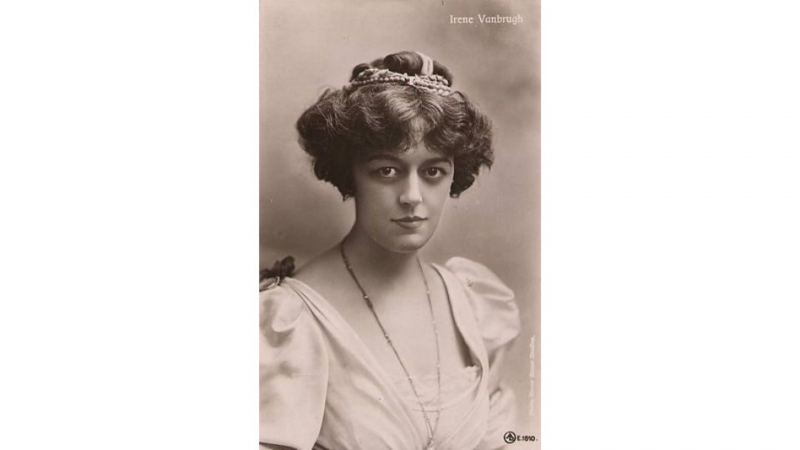
Source: eafitzsimons 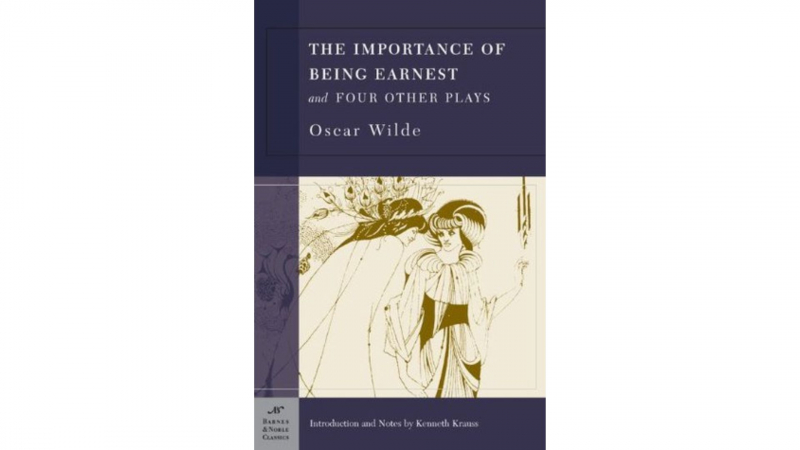
Source: Goodreads -
One of the interesting facts about Oscar Wilde is that he told fairy tales at dinner parties. The Happy Prince and Other Tales (1888) and A House of Pomegranates were two collections of original fairy tales written by Wilde (1891). The stories—which dealt with themes of martyrdom and homosexual love—were presented as being appropriate for children, but Wilde delivered them at dinner parties where he was always the star raconteur, indicating that they were really meant for an adult audience. Wilde said, "I had about as much aim of satisfying the British child as I had of pleasing the British audience," when asked if he had intended for kids to appreciate them.
The same humor, magic, and foolishness that characterized Wilde's other works were present in each of the stories. The children's books, however, also offer societal criticism by exploring issues like class and poverty. Before the stories were published, Wilde initially told them to adults at dinner parties, where their first audience was. According to Wilde, the stories were "not for children, but for childish people from eighteen to eighty."
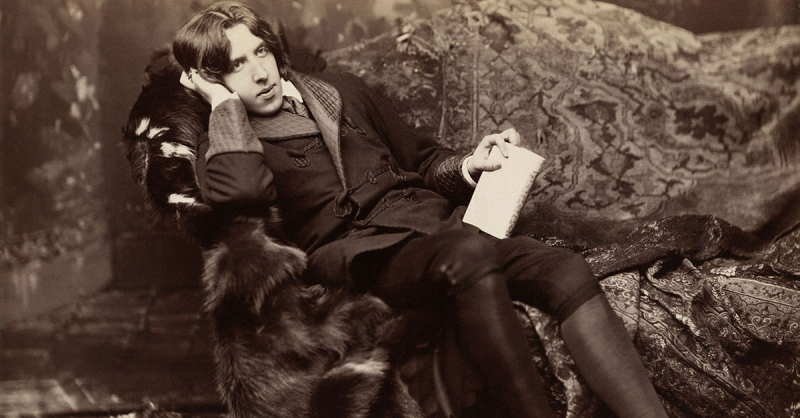
Source: Victorian Opera 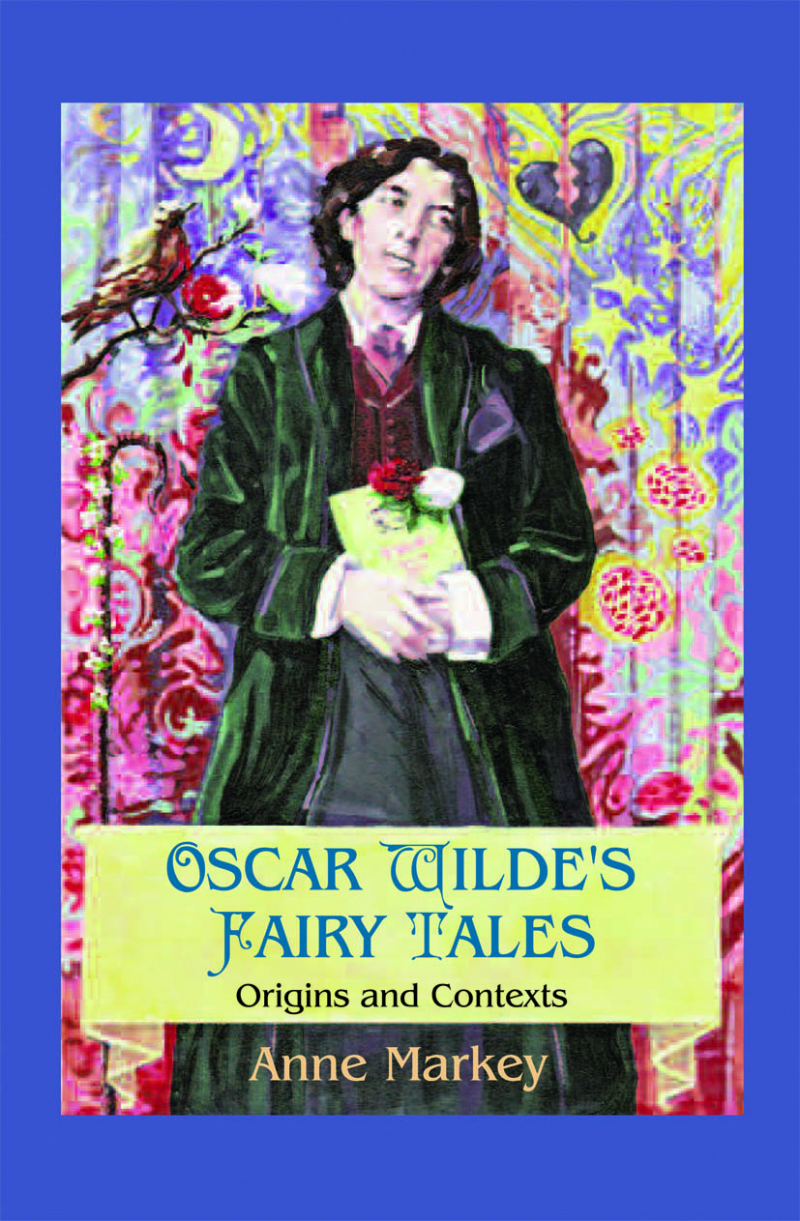
Source: Irish Academic Press -
The enormous headstone of Oscar Wilde, an Irish playwright and wit who passed away in this city in 1900, was recently cleaned by the playwright's family after years of fans' kisses that some claim have eroded and defaced the monument in the hillside Père Lachaise Cemetery. But the choice also required building a seven-foot plate glass wall to keep passionate admirers at bay. The stone, a flying naked angel by the sculptor Jacob Epstein, was inspired by the Assyrian statues in the British Museum.
In Paris, France's Père Lachaise Cemetery, Wilde's burial is marked with a well-known monument created by artist Jacob Epstein. It's a well-liked attraction for city visitors who have an interest in literature. Visitors started kissing the stone with lipstick in the late 1990s as a sign of respect, but the practice eventually made Wilde's memorial resemble Jim Morrison's, which is located on the other side of the same cemetery. The French and Irish governments paid for a glass fence to be built around Wilde's monument in 2011 because the grease from the lipstick and continuous cleaning started degrading the stone.
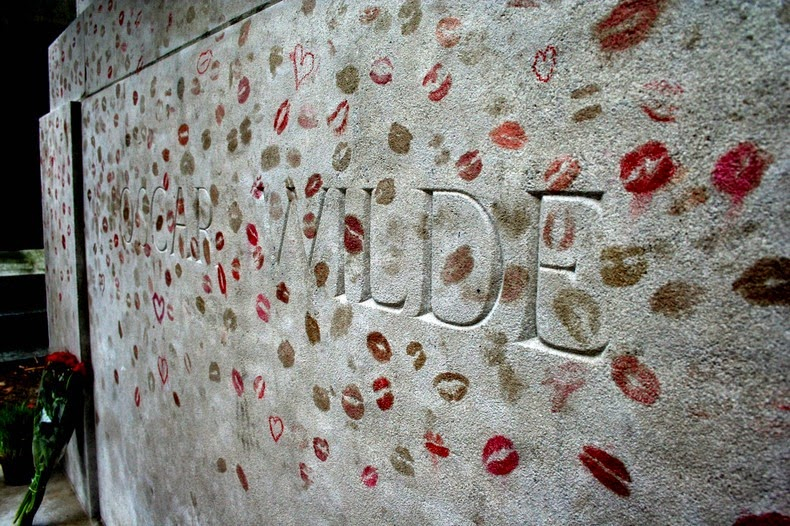
Source: Amusing Planet 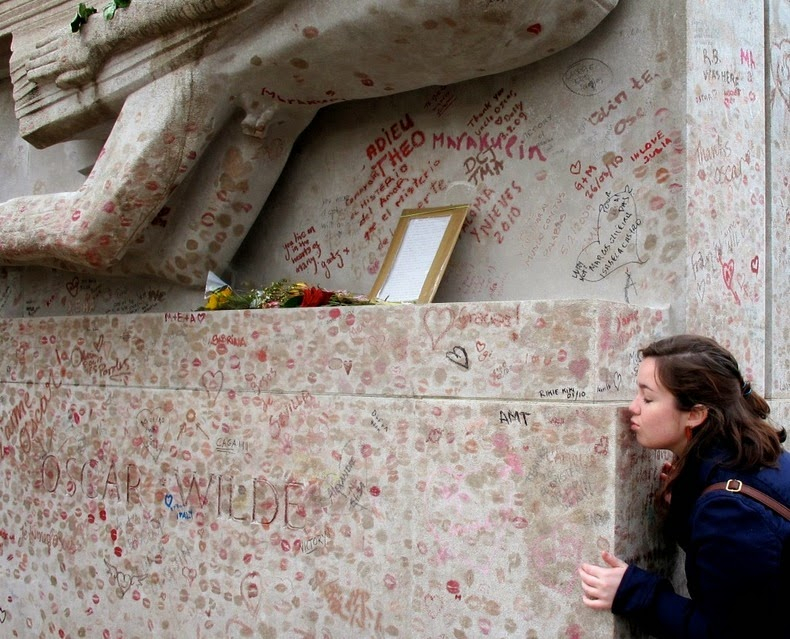
Source: Amusing Planet -
All of Wilde's adult life, Catholicism had piqued his curiosity. At the age of 20, Wilde moved to Oxford University in England, where the critic and author Walter Pater tutored him. Wilde was born in Dublin in 1854 to a Protestant Anglo-Irish family. Pater had an impact on Wilde, who started going to Mass often and developed an artistic fascination with the mystique of Catholic ritual. David Hunter-Blair, a new convert who was one of Wilde's acquaintances, paid for Wilde to travel to Rome and attend a meeting with Pope Pius IX. Hunter-Blair hoped to convert Wilde, but it seems that this intimate encounter with the perilous Catholic Church merely inspired Wilde to a sort of amorous frenzy.
The Catholic Church continues to uphold gay behavior as a sin. However, soon before his death in Paris in 1900, three years after his release from jail, Wilde—who had been brought up in a Protestant family—decided to become a Catholic. The "highest and most romantic" of religions, according to Wilde, has captivated him his entire life. In 1877, he had an encounter with Pope Pius IX. "I'm not a Catholic," Wilde had joked earlier in life. I am only a ferocious Papist.
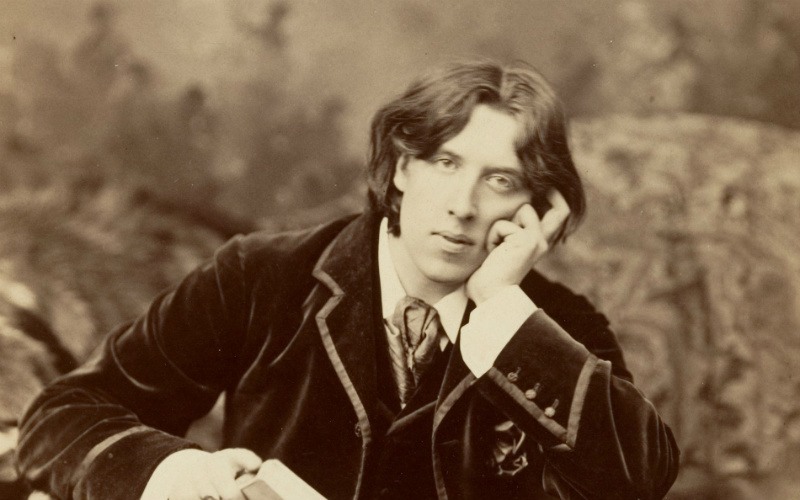
Source: ChurchPOP 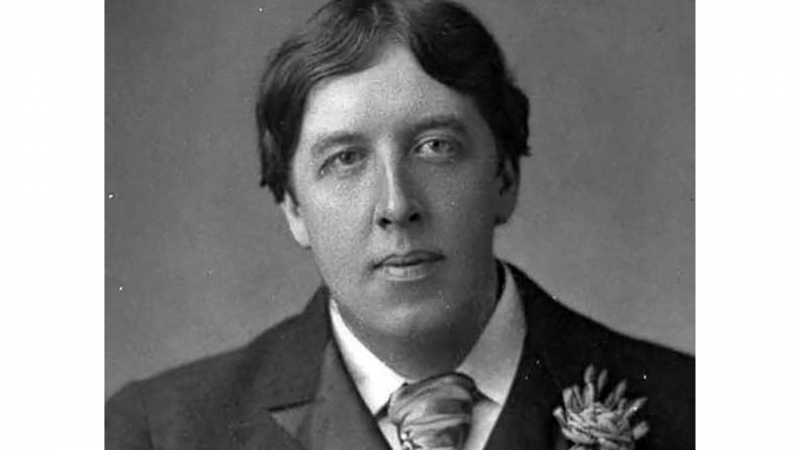
Source: ncregister -
A location of pain has been transformed into a hub of artistic ferment beneath Gothic arches and metal walkways. Oscar Wilde, the renowned author of The Importance of Being Earnest and The Picture of Dorian Gray, was found guilty of homosexual behavior in 1895 and sentenced to two years in prison, spending most of that time in the notorious Reading Gaol.
While serving his sentence at Reading Gaol, Wilde was subjected to filthy circumstances and strenuous physical work. His well-known poem, The Ballad of Reading Gaol, which he finished after his release, was inspired by the dismal two-year imprisonment. The prison, afterwards known as HM Prison Reading, remained in use until 2013. It is situated around 40 miles west of downtown London. It was transformed into an art display as part of a two-month project in 2016 that included readings and exhibits on topics related to incarceration and segregation.
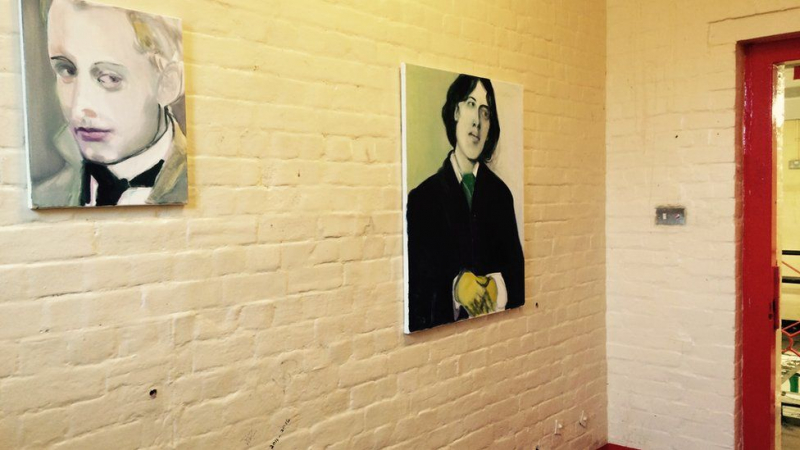
Source: BBC 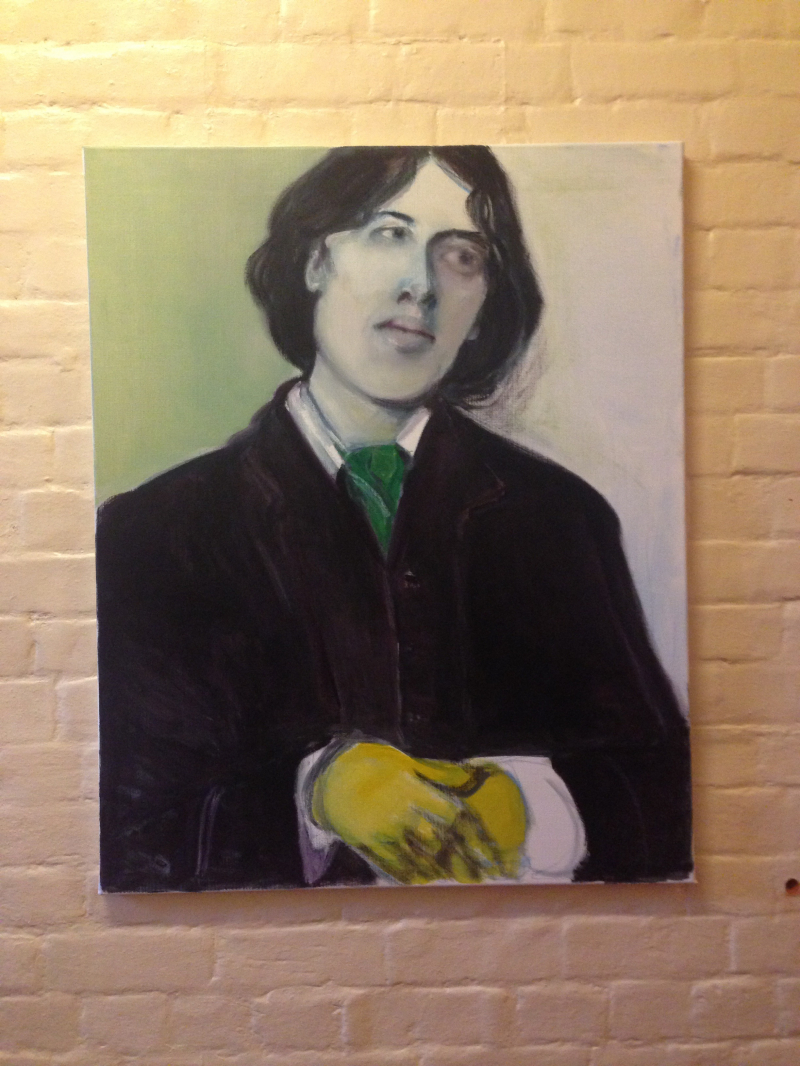
Source: The Colourful Kind -
One of the most interesting facts about Oscar Wilde is that his only novel, The Picture of Dorian Gray, was slammed by critics. Oscar Wilde only had one novel published throughout his whole life, despite his renown as a writer. Due to its decadence and homoerotic themes, The Picture of Dorian Gray received negative reviews. In the July 1890 edition of Lippincott's, a Philadelphia journal with English circulation, the tale of a guy who never ages, although his image becomes shabby, was published. The novel is now frequently taught in schools and esteemed for its commitment to the nineteenth-century aesthetic movement.
Despite receiving mixed reviews when it was first published in Lippincott's Magazine in 1890, Wilde's infamously hedonistic book is now hailed as a masterpiece. The protagonist of the book is a lovely guy who, despite committing mortal sins, is able to enjoy everlasting youth and beauty since a painting of him deteriorates in his place. The homoerotic connotations of the novel were lambasted by many as being "effeminate," “unmanly,” and “leprous.”
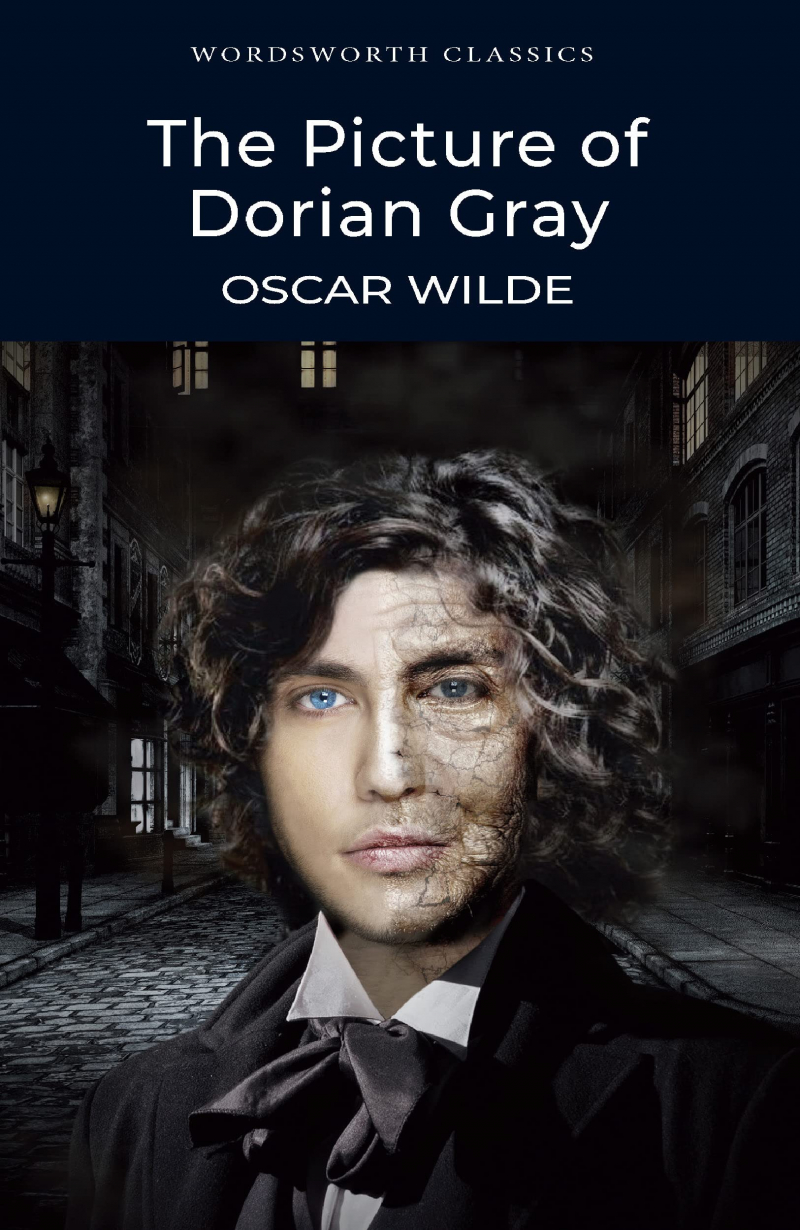
Source: Amazon 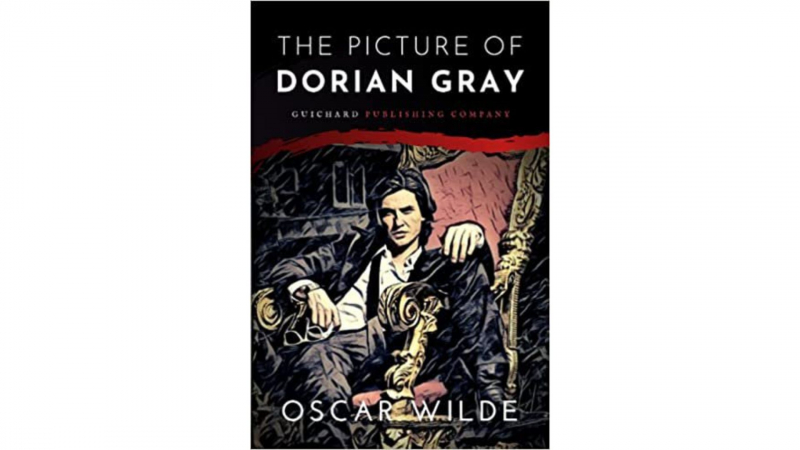
Source: Quara -
Woman's World, a women's magazine published in the late 19th century, reflects the changing social status and cultural perceptions of women and femininity at the time of its production. Articles and advertising that highlight the most recent trends and other products connected to being a "woman" in the nineteenth century are prominently shown.
The journal Lady's World officially changed its name to Woman's World when Oscar Wilde assumed his position as editorial director in November 1887. This change reflects the shifting political climate of the late nineteenth century, when the terms "woman" and "lady" were used differently: the lady was a lady of the house, first and foremost a wife and mother, whereas the woman was educated, cultured, and concerned with issues relating to women's economic and political autonomy.
Additionally, "lady" indicated a particular high-class rank, whereas "woman" was neutral. Note that old ideas of femininity were not abandoned or forgotten; rather, women were expected to embody the traits of the new woman while still retaining their femininity. The magazine's content, which alternates between pieces on politics, literary contributions, and fashion, as well as advertising for cosmetics, brilliantly encapsulated this double-bind.
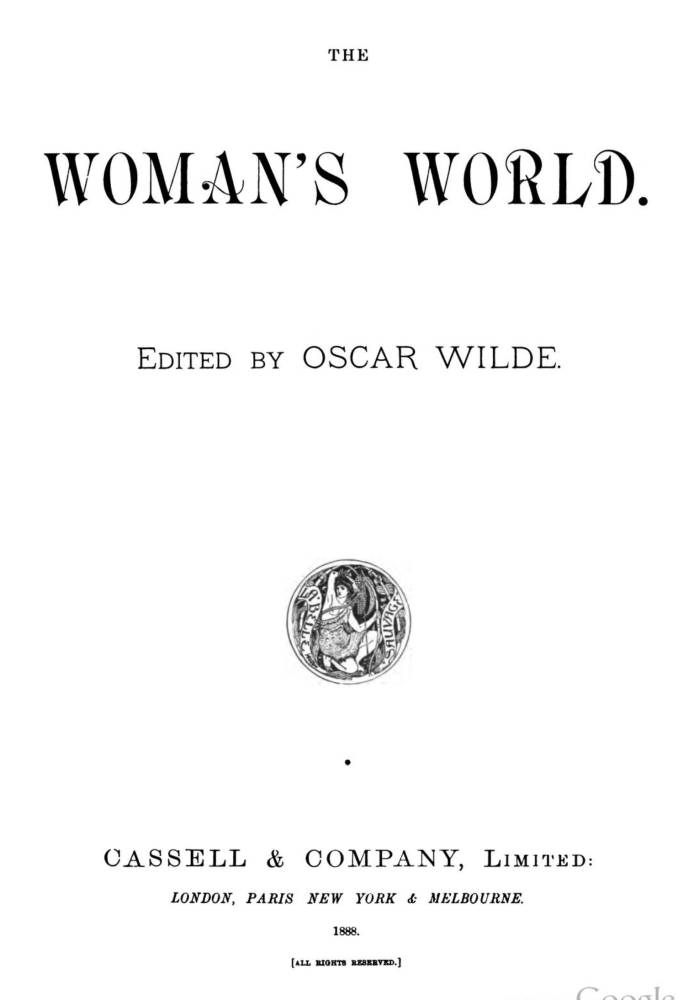
Source: The Victorian Web 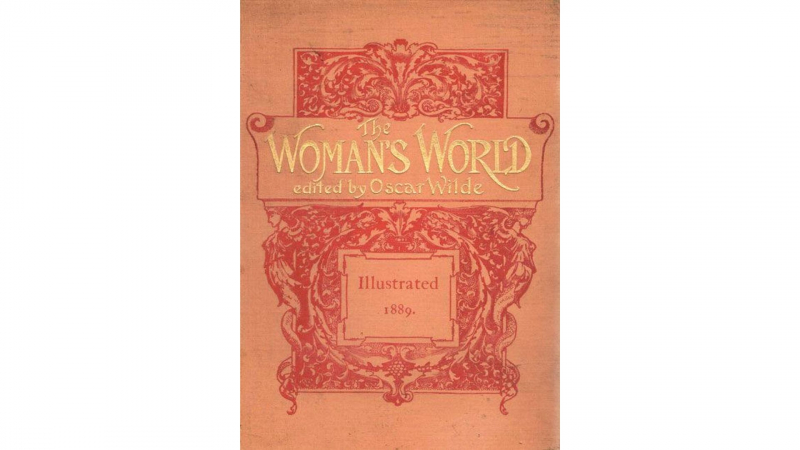
Source: The Victorian Web -
The last interesting fact about Oscar Wilde is that he was an advocate of aestheticism. The 19th-century Aesthetic Movement promoted the idea that art should exist only for aesthetic reasons, devoid of any type of political intent. The aesthetic movement was pioneered by Wilde's essays, plays, and novels, and he served as a notable model for other writers of the 19th century. Although Oscar Wilde did not create aesthetics, he had a significant role in popularizing it towards the tail end of the nineteenth century.
As a college student, Wilde was particularly impressed by the writings of American author Edgar Allan Poe and English poet and critic Algernon Charles Swinburne. Wilde's humanistic aesthetics, in which he was more concerned with the individual, the self, than with popular movements like industrialism or capitalism, were influenced by the English writer Walter Pater, a proponent of "art for art's sake." Art should not be concerned with providing social, moral, or political instruction because it was not intended to do so.
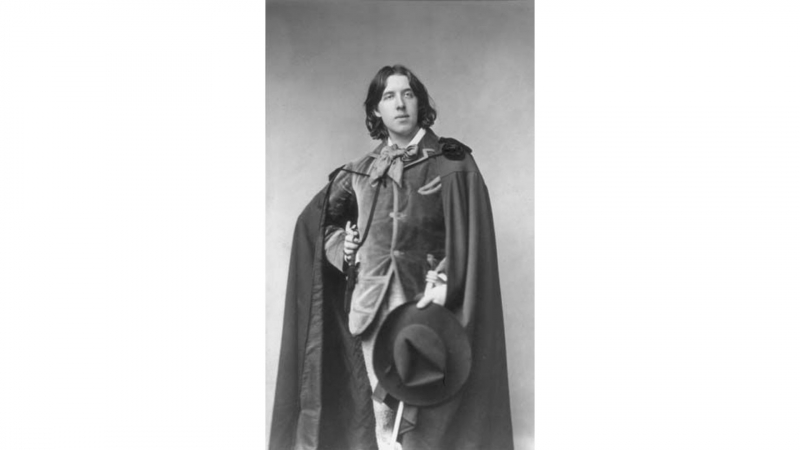
Source: Pinterest 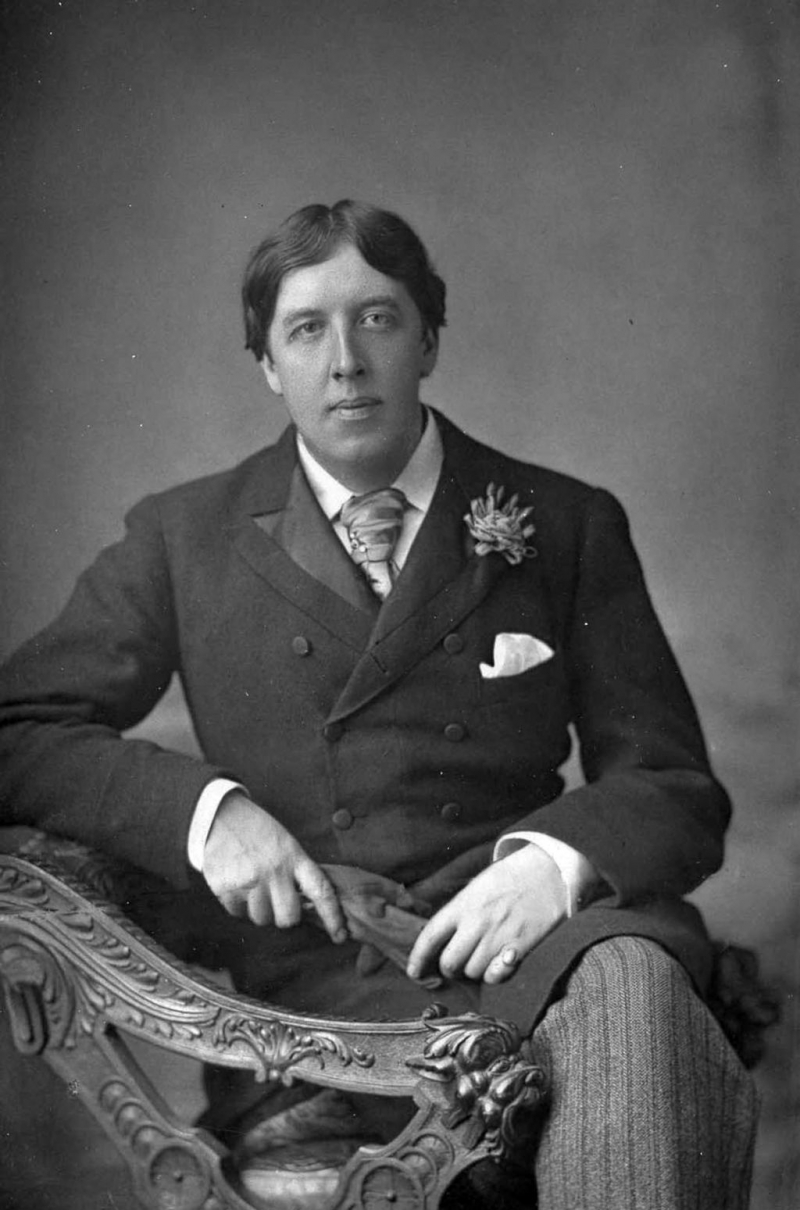
Source: Culture Trip































